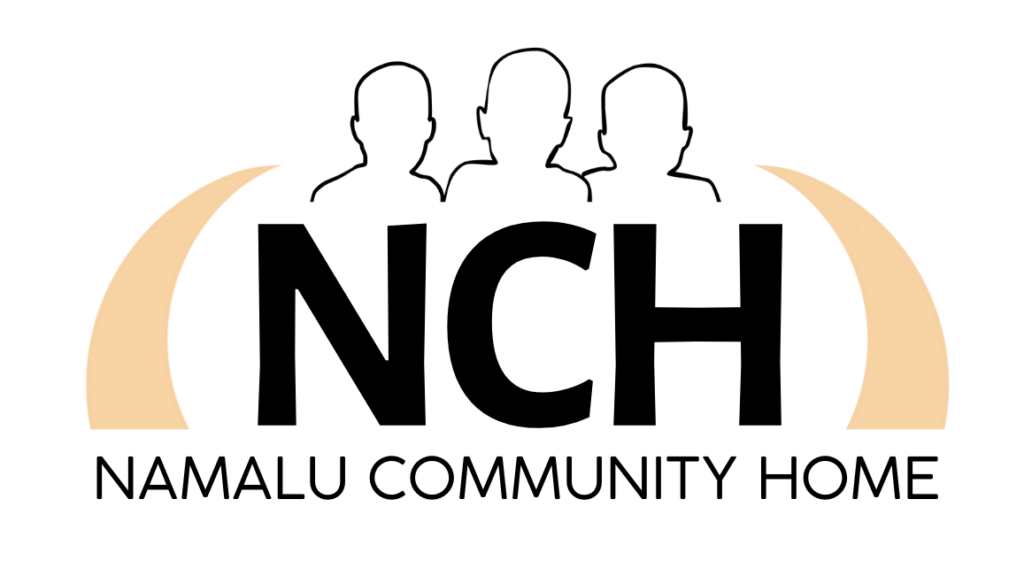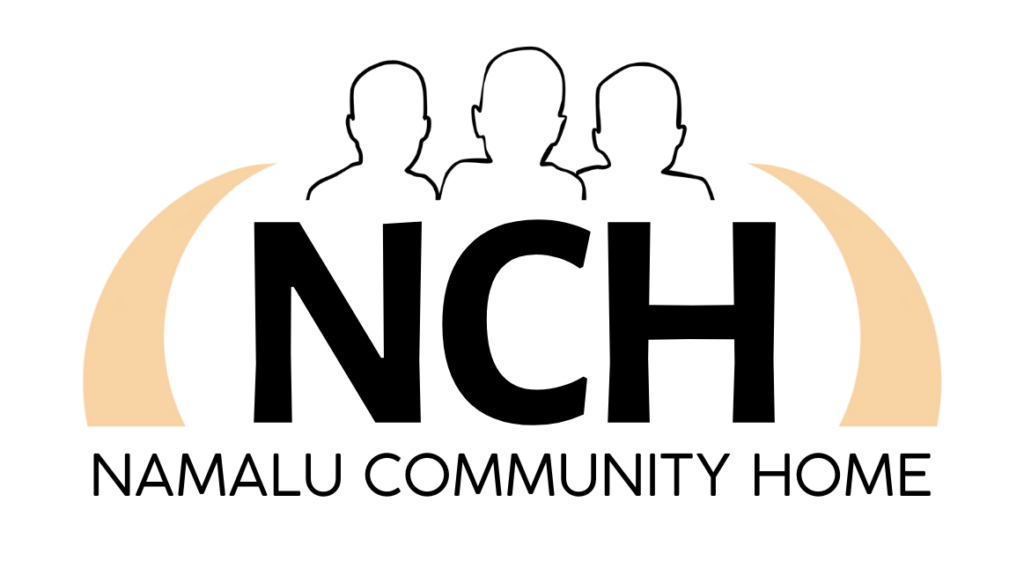#4 - A short life
Lately I’ve mostly written updates
on Instagram. Because I now wanted to share a longer story, I’ll upload it here
as a blogpost. You can read the previous updates on our Instagram page (@namalucommunityhome).
I still have to write an update about our last weekend
in Namalu. But how do you write about the death of a 14 month old baby? A child
who (unless she had an incurable disease or severe complications) probably
would have survived in another country or region and who would be happily
walking or crawling around right now? How do you write a clear story, when you
also have several questions yourself and when you don’t know exactly why this
happened, partly because of a language barrier and partly because of the
parents and the difficult communication with them?
We’ve known this family since last year. First only
the mother with her, by then, 3-year-old twins, shortly after that the baby was
born and later we also met the father. The twins started with our malnutrition
programme and they were regularly at our compound. The baby was doing quite
well and she grew normally. A few months ago her health had worsened and she
had a rash everywhere. The doctor said it was scabies, but we don’t know that
for sure. She also didn’t want to eat a lot of solid food. After that time in
April we haven’t seen her again, I think. Because the family now lives further away,
it’s hard for them to come to the compound with the children every time. We
offered to pay rent for a house in the center of Namalu, so that the twins would
be closer and could go to school. But eventually they didn’t really do much
with that offer.
The person on the compound who helps us with the
children, told us that the mother came to her with the baby some time back. The
baby was sick (she had big bumps in her neck, I don’t know exactly what it was)
and that’s why she advised her to go to a better clinic where we also go to
with the malnourished children. The mother knows we will pay for that, but she
still didn’t go there. In another hospital/clinic they didn’t help her well or
she was sent home again. Eventually the baby passed away.
There are many ‘what if…’ thoughts going through my
head. What if they did go to the better clinic? Maybe they could’ve helped her
there or maybe they would’ve seen how bad it was and then we could’ve sent them
to the bigger city? What if Joshua and I would’ve been in Namalu at that time,
then I could’ve seen her situation with my own eyes and then we could’ve brought
them to the clinic with the car. But all these thoughts are of no use anymore,
because they don’t bring this young life back.
This happened in the week before the weekend in which
we went to Namalu, I think. I don’t know everything for sure, because what they
say has to be translated twice and they also don’t always tell a very clear
story. Besides that, you also never know if things happened exactly like they
told you. When we were in Namalu, we met the twins and the parents and again we
offered them to live closer to us, this time in a hut which is on our compound.
The mother thought it was a good idea, but she still didn’t come back to start
staying there. We see the twins getting less healthy again when they don’t come
to us for a longer period of time and that’s frustrating to see. We really hope
that they could start living closer to us soon, because we would like to send
them to school after they get a bit stronger. That could really change their
future.
It’s hard to see children having a hard time, but to
not be able to do as much as you would like. I would really want to know what’s
going on in the mother’s mind, but we can’t communicate with her in that way. She
is now grieving, without any form of help. The twins suddenly don’t see their
baby sister anymore and they also probably don’t really know why. Life just
continues, like how it used to be in the Netherlands in the past when there was
little attention for coping with grief. I would love to give her the care and
love she doesn’t get right now and to see her change. It’s a hard lesson to
learn that you can’t always help with everything. My heart breaks for them, but
sadly this happens with so many more families in Karamoja.
I found it difficult whether I had to share this
story, because it’s quite personal of course. That’s why I also don’t share
certain details about the parents. But it paints a picture of the type of
situations we encounter with. It’s sometimes hard to imagine what the situation
is like in a country or region where you’ve never been to, but with these
stories I hope to paint a better picture of how it is. This is just one family,
but there are so many more children close to our compound who we could help. At
this moment we don’t have enough money for that yet, our compound is not ready
to receive more children and we need a good and stable worker. If you would
like to support us, then you can find all the information on our website or
Instagram. As soon as we have a stable foundation on the compound, then we can
help more children and bring hope to families in difficult situations.


Matthea Struijk